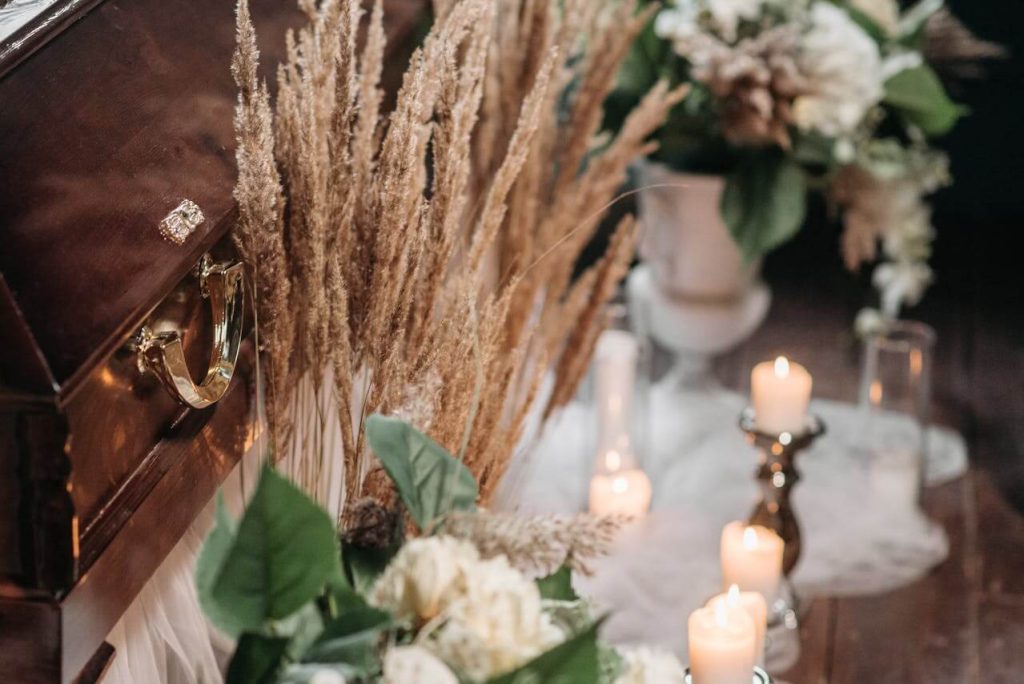Advice
Should I Let My Child Visit the Chapel of Rest?
June 25, 2024

When a loved one dies, the decision to allow a child to view the body of a loved one in the Chapel of Rest can be very difficult, however in order to make the right decision for you and your family, we have outlined some things below to consider.
Considerations
It is important that you consider the age of the child and whether they fully understand the concept of death, as viewing a deceased body could be frightening or confusing for a young child – whilst for others it may provide an opportunity for understanding or to say goodbye. If a child has never seen a dead body before, as their parent or carer, you may need to make the decision based on their personality and how you think they may react. If your child is particularly sensitive, visiting the Chapel of Rest may be too upsetting and distressing, and they may prefer alternative ways to say goodbye.
Preparation
It can be reassuring if you explain the purpose of the Chapel of Rest and that it is not like a morgue. Children may be unsure what their loved one might look like, where they might be, and it can help if you can be clear about this information. If you can contact the funeral directors beforehand, it can be helpful if you can get further information about what the room is like, any furniture around the coffin and how their loved one will appear, including clothing and appearance.
Preparing to see the body of a deceased loved one can be daunting but it is important to avoid euphemisms and be clear that their loved one will look quite different, including the colour of their skin, the possibility of smell and that they will be cold. Sometimes the body can be placed in a specific position, with hands resting on their chest or beside them. It is important to explain that their loved one will be in a coffin, their eyes and mouth may be closed, however they are not sleeping and have died, so will be completely still. When viewing a body, it can be helpful to explain that your child can touch the body if they want to, they may wish to stand in silence to say goodbye privately or they can talk to their loved one.
After viewing the body, it is very normal for children and adults to either have a strong emotional outburst, such as crying or become quite withdrawn. It can have a deep emotional impact and make the death feel very real. It is important children feel safe and have you or another entrusted adult to provide emotional support and reassurance throughout the whole process.
Alternatives
For some children, who don’t feel ready or wish to see the deceased person’s body, there are alternative ways to say goodbye.
- Children can write a letter to their loved one and this can be placed in the coffin, or they can keep it as a personal farewell.
- You may wish to encourage your child to create a piece of artwork, such as a drawing or painting. This can be a powerful way to say goodbye and allow children to express their feelings with different colours or materials.
- Writing a poem also provides a creative outlet for strong emotions and children may wish to share this aloud or record it to listen at a later date, or perhaps be read at the funeral, if appropriate.
- Children may wish to say goodbye by selecting a piece of clothing that belonged to the loved one, which can be a comforting way to remember them, such as a jumper or blanket. Alternatively, a special item may be chosen if more appropriate.
Choice
Remember that viewing the body of a loved one is a choice, and children should never feel pressured to do so by friends or other family members. For older children and teens, it is important to allow them to make an informed choice and encourage questions and open dialogue – explain they should do what they feel is best for them, rather than what they think you or other family members might want them to do. It can help to share with your child what to expect if they are considering attending the Chapel of Rest and consider how viewing the body of a loved one may impact them.
Making the decision to view the body of a loved one is very personal and the decision should ultimately prioritise the child’s emotional wellbeing. It is also important to consider that some cultures and religions encourage viewing the body as part of the grieving process, however others discourage it – consider your own family’s beliefs. Whatever the final outcome, remember each child is unique, so consider their preferences and emotions and ultimately, trust your instincts.





